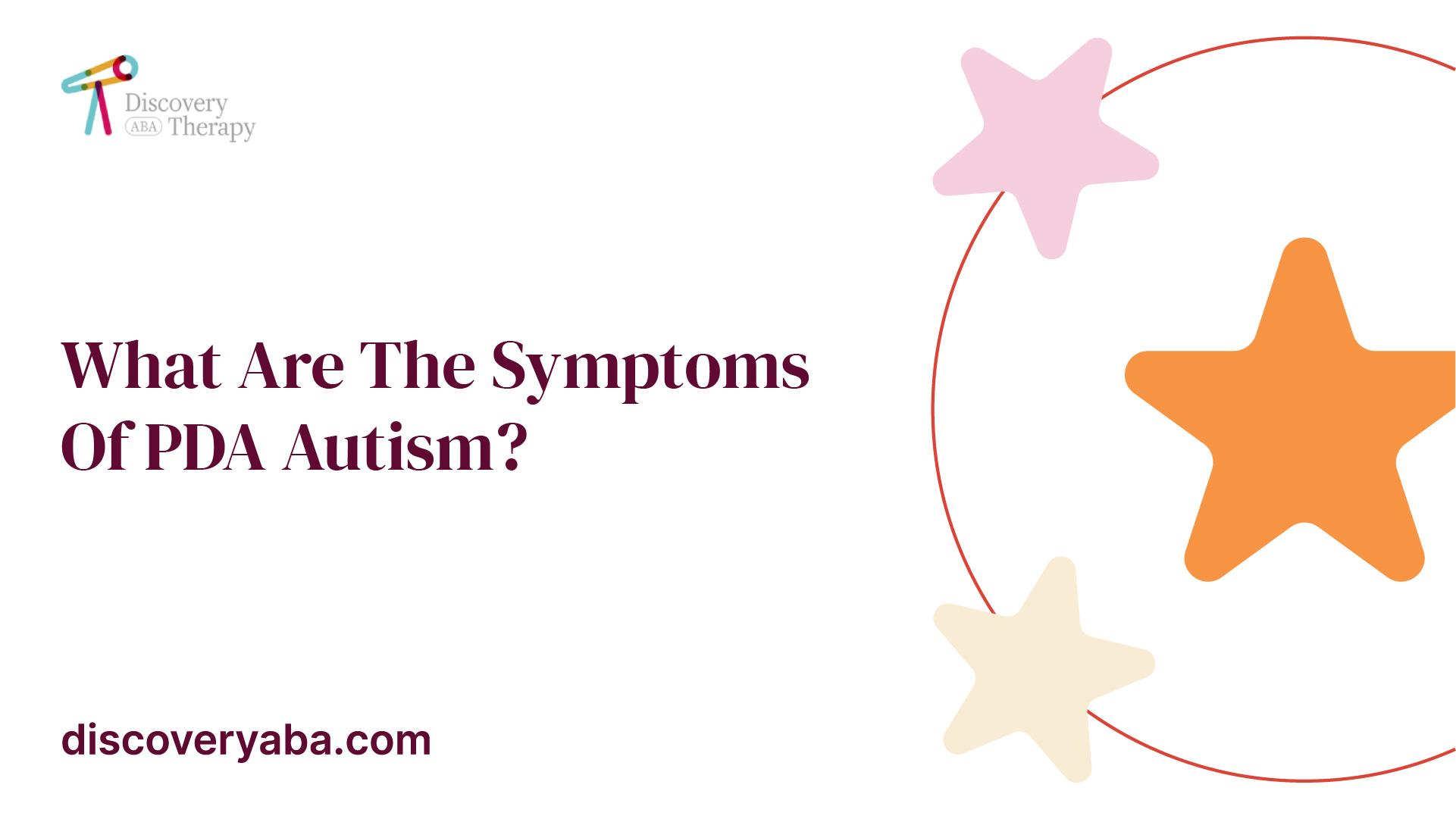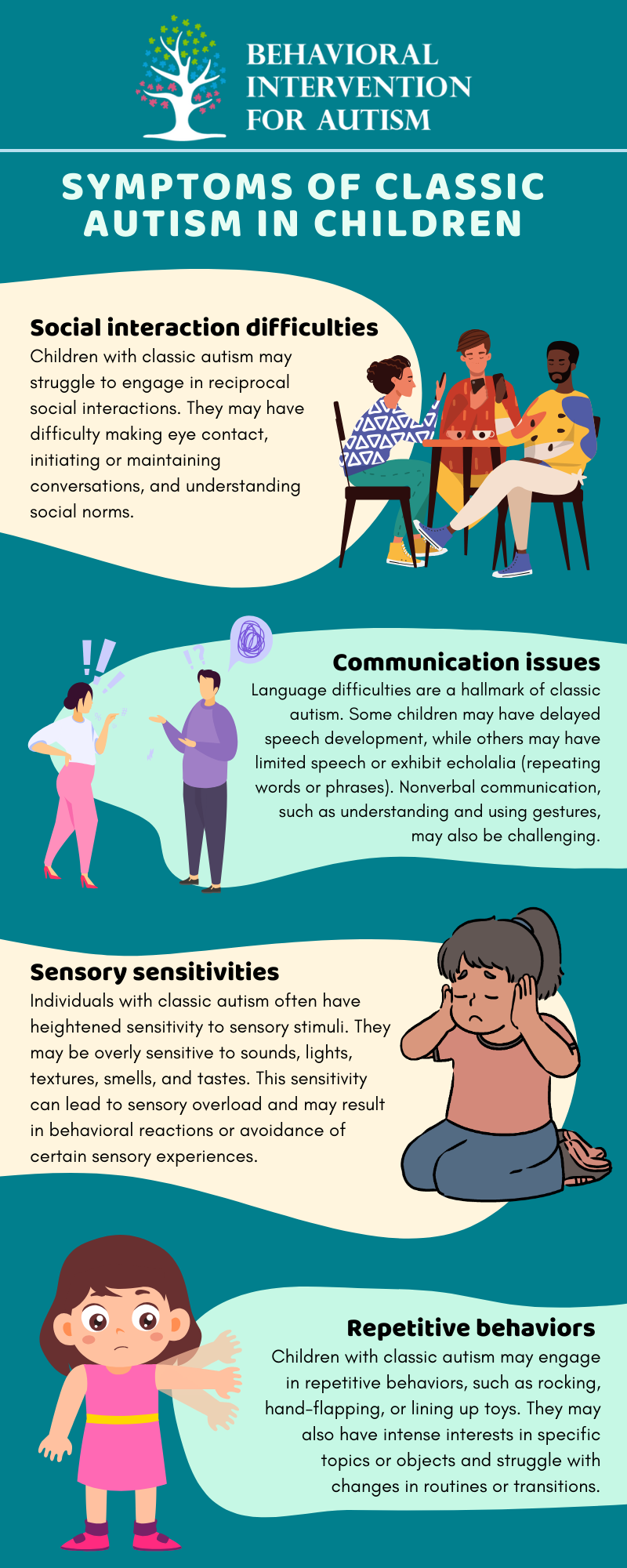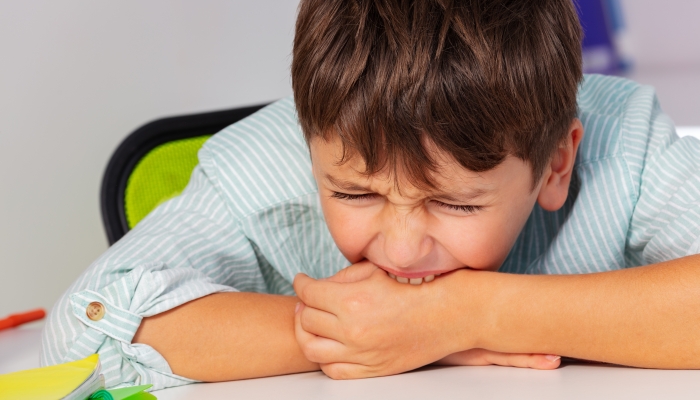How experts in Autism Spectrum Therapies approach nonverbal communication barriers
How experts in Autism Spectrum Therapies approach nonverbal communication barriers
Blog Article
Recognizing the Effect of Behavioral Autism on Life and Social Interactions
You might not recognize exactly how deeply behavior autism impacts every day life and social interactions. People on the spectrum typically navigate a world loaded with interaction difficulties and sensory overload. These difficulties can cause frustration and isolation, impacting their relationships and total health. Recognizing these subtleties is crucial for cultivating encouraging atmospheres. What approaches can we apply to develop even more purposeful links and inclusive spaces? The solutions could shock you.
Specifying Behavioral Autism and Its Characteristics
Behavior autism, typically described as autism spectrum condition (ASD), encompasses a variety of conditions characterized by obstacles in social interaction, interaction, and repeated actions. You may discover that people with ASD typically struggle to analyze social cues, which can bring about misunderstandings in discussions. They may locate it difficult to develop eye get in touch with or engage in little talk, making social situations really feel frustrating.
Communication troubles can materialize in different ways, from postponed speech development to a preference for making use of fewer words. Recurring behaviors, such as hand-flapping or shaking, can function as coping systems to take care of tension or sensory overload. These qualities can greatly impact day-to-day life, making it necessary for you to comprehend and sustain those with ASD. By acknowledging these qualities, you can cultivate an atmosphere that promotes approval and urges effective communication, aiding individuals with autism flourish in their everyday communications.
The Spectrum of Autism: Comprehending Irregularity in Actions
Autism range problem (ASD) isn't a one-size-fits-all medical diagnosis; it differs widely among people. You might come across individuals who are highly spoken and involve quickly in discussions, while others could favor singular activities or communicate non-verbally.
Furthermore, the means people with ASD react to sensory input can vary considerably; some may be overwhelmed by loud sounds or brilliant lights, whereas others flourish in stimulating atmospheres. The spectrum likewise includes distinctions in social interactions; some people might struggle to analyze social hints, while others browse social settings with loved one convenience. Recognizing this irregularity is important, as it helps you value each individual's distinct experience and dressmaker support to their details needs, promoting a more comprehensive environment for every person.
Communication Obstacles Dealt With by People With Autism
When you communicate with individuals on the autism range, you might observe their distinct interaction challenges. They often encounter difficulties with both spoken and nonverbal hints, which can impact their social communications. Understanding these obstacles is vital for cultivating much better links and support.

Verbal Communication Problems
Lots of people on the autism range experience verbal communication difficulties that can considerably influence their everyday interactions. Your tone, rate, or quantity might not straighten with social assumptions, triggering others to misinterpret your intents. Acknowledging these challenges can assist you and your support network create strategies to boost interaction and foster better links with others in your everyday life.
Nonverbal Interaction Barriers
Spoken communication isn't the only obstacle individuals on the autism range face; nonverbal communication barriers can be just as considerable. These obstacles can lead to misunderstandings or false impressions of social cues, making communications really feel confusing or frustrating. By addressing nonverbal communication, you can find methods to boost your social experiences and enhance your overall high quality of life.
Social Communication Influences
Social interactions can commonly really feel overwhelming as a result of the one-of-a-kind interaction difficulties faced by people with autism. You may battle with translating social cues, making it difficult to comprehend sarcasm or body language. This can result in misconceptions or unpleasant minutes in discussions. In addition, launching and preserving discussions might really feel challenging, causing stress and anxiety in social situations. You may prefer structured settings, making spontaneous communications awkward. It's additionally usual to experience problem in taking part in little talk, which can prevent creating brand-new friendships. Recognizing these difficulties can assist you locate methods to improve interaction, such as practicing social skills in risk-free setups or utilizing aesthetic aids - Autism Behavioral Therapy. Understanding your requirements enables you to browse social communications with greater self-confidence and convenience.
Social Communication and Relationship Structure in Autism
While structure connections can be testing for individuals with autism, understanding their distinct viewpoints and get more info communication designs can cultivate meaningful connections. You might observe that lots of people on the range prefer direct interaction and may deal with social cues or small talk. By being uncomplicated in your interactions, you can help produce a setting where they really feel comfy.
Involving in shared passions can also serve as a bridge to deeper connections. Whether it's a pastime, a preferred program, or a common interest, these common threads can open up doors to relationship.
Daily Life Routine: Navigating Challenges and Methods
Maneuvering day-to-day life regimens can be particularly testing for people with autism, particularly when unexpected adjustments happen. To navigate these challenges, think about carrying out visual routines or checklists.
Developing a regimen that includes sensory breaks can additionally be advantageous. You can prepare short breaks throughout your day to reenergize. It's necessary to interact with those around you, allowing them know your preferences and needs. This aids produce an understanding environment.
Lastly, technique mindfulness strategies to manage stress and stress and anxiety. Straightforward breathing workouts or basing techniques can make a substantial difference. By integrating these strategies, you can improve your everyday regimen and reduce disturbances, making life really feel much more workable.
Toughness and Abilities of Individuals on the Autism Range
Understanding everyday life regimens is just one element of the autism experience. Several individuals on the autism spectrum possess exceptional strengths and abilities that establish them apart. You might discover that your focus to detail is exceptional, enabling you to master tasks that need accuracy and emphasis. Your capacity to think outside the box can cause cutting-edge solutions in various situations.
In addition, your memory abilities frequently shine, particularly in areas of interest. Autism Behavioral Therapy. This propensity for keeping information can make you an important resource in areas like modern technology, scientific research, or art. You may also exhibit solid aesthetic reasoning, enabling you to visualize complicated ideas and address issues creatively
Additionally, your one-of-a-kind viewpoint on the world can foster compassion and understanding in others, enriching social communications. Embracing these toughness not only boosts your self-confidence however also aids others appreciate the varied skills you bring to the table.
Developing Inclusive Environments for People With Autism
Producing inclusive atmospheres for individuals with autism begins with developing sensory-friendly rooms that accommodate their distinct demands. You can likewise cultivate chances for social communication, assisting to build links and friendships. By making these changes, you'll add to a more inviting ambience for everybody.
Creating Sensory-Friendly Spaces
While making sensory-friendly rooms, it's important to review the distinct demands of individuals with autism. Beginning by choosing calming shades and soft lights to create a soothing setting. When overwhelmed, integrate silent zones where people can reenergize and retreat. You'll want to lessen loud sounds and distractions, using soundproof materials or white sound devices to assist keep tranquility. Take into consideration tactile elements like soft textiles or fidget-friendly things that can supply comfort. Identify that rooms are flexible, permitting easy rearrangement to fit various activities. Include visual routines or clear signs to assist individuals navigate the space confidently. By attentively integrating these elements, you can produce an inviting environment that supports sensory needs and advertises general wellness.
Promoting Social Communication Opportunities
Creating sensory-friendly spaces not just addresses private comfort yet likewise sets the phase for meaningful social communications amongst people with autism. To advertise these interactions, develop inclusive environments that welcome participation. Arrange structured tasks, like art courses or group video games, that urge partnership without overwhelming sensory input. Usage aesthetic aids and clear interaction to assist every person involve comfortably. Urge peer mentoring, combining individuals with autism with encouraging peers that can guide them via social situations. Furthermore, consider hosting normal community events that commemorate neurodiversity, cultivating acceptance and understanding amongst all participants. By carrying out these techniques, you can boost social opportunities, aiding individuals with autism develop relationships and enhance their social abilities in a safe, inviting environment.

Frequently Asked Concerns
How Can Pals Assistance Somebody With Behavioral Autism?
You can sustain a buddy with behavior autism by holding your horses, listening actively, and respecting their boundaries. Engage in activities they delight in, communicate openly, and produce a comfortable atmosphere where they really feel valued and understood.
What Resources Are Readily Available for Parents of Children With Autism?
You can explore various resources for parents of youngsters with autism, consisting of support teams, academic sites, and neighborhood area services. Attaching with various other parents can additionally supply important insights and shared experiences to assist navigate challenges.
Can Behavioral Autism Adjustment In Time?

Yes, behavior autism can change gradually. You might observe shifts in communication, social abilities, and behavior as your kid expands. Early intervention and support typically play vital functions in these developing adjustments.
Exactly How Do Sensory Level Of Sensitivities Influence Every Day Life?
Sensory level of sensitivities can make everyday experiences overwhelming. You may fight with intense lights or loud sounds, resulting in stress or avoidance. Locating settings that accommodate your requirements can greatly enhance your comfort and total every day life.
What Are Common Misconceptions Regarding Behavioral Autism?
You could think behavior autism just affects communication skills, yet it's more facility. Numerous presume people lack empathy or knowledge, which isn't true. Recognizing these misunderstandings assists foster approval and support for those on the spectrum.
Behavioral autism, commonly referred to as autism range condition (ASD), includes a variety of conditions defined by difficulties in social communication, interaction, and repeated habits.Social communications can usually really feel frustrating due to the unique communication difficulties encountered by people with autism.Creating sensory-friendly rooms not just addresses individual convenience yet also sets the phase for purposeful social communications amongst people with autism. Encourage peer mentoring, matching individuals with autism with encouraging peers that can direct them with social situations. By executing these strategies, you can boost social chances, assisting individuals with autism build relationships and strengthen their social skills in a safe, welcoming environment.
Report this page